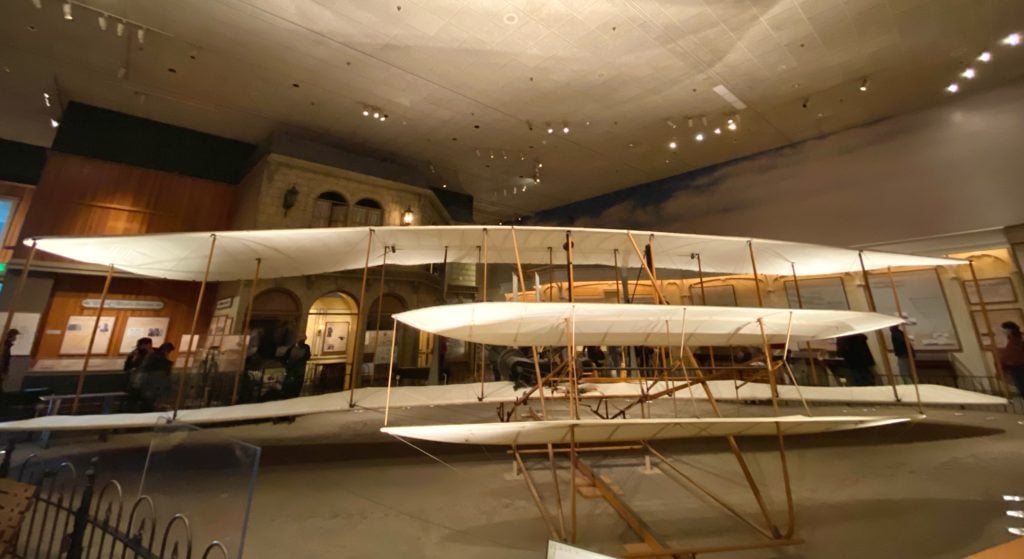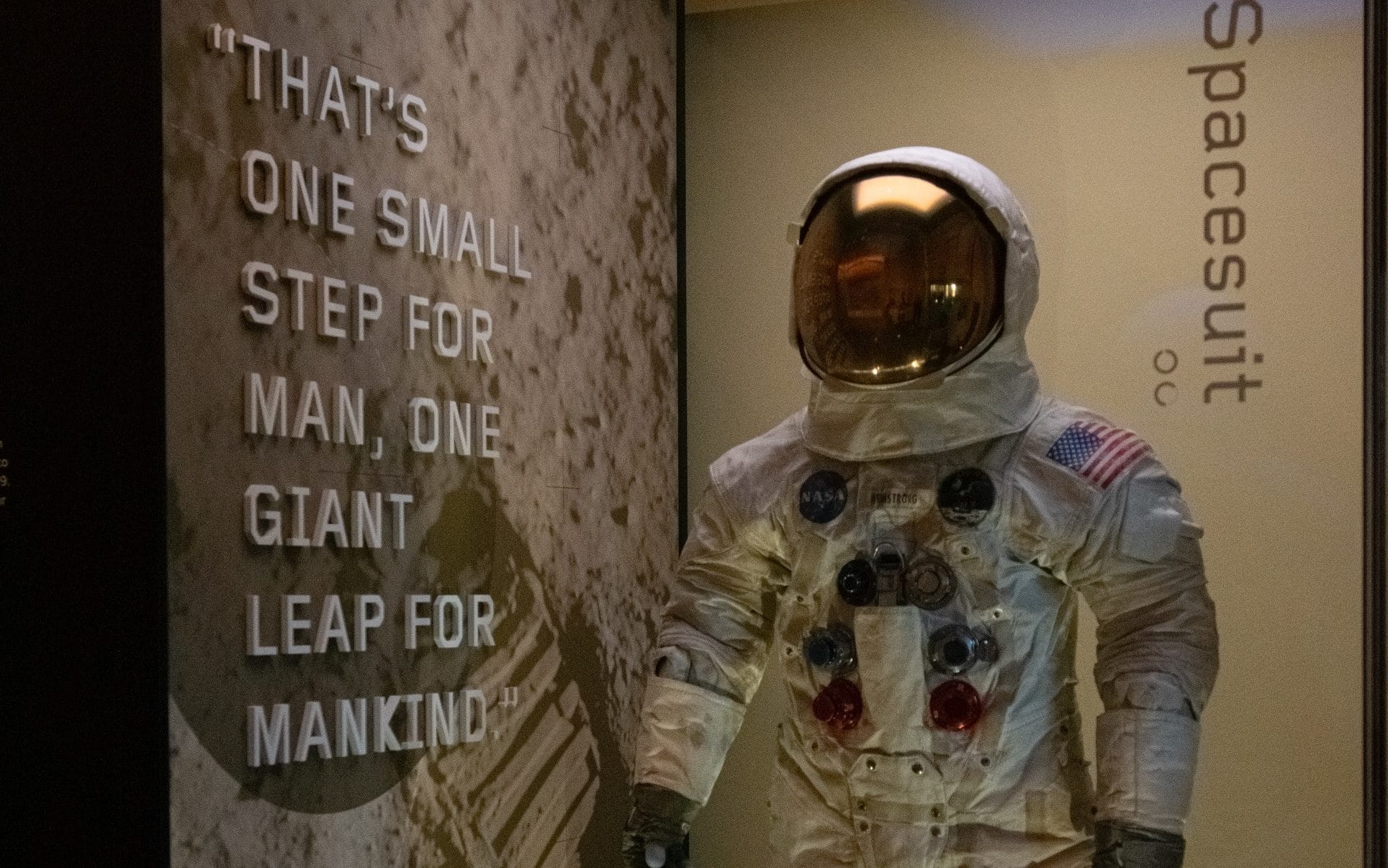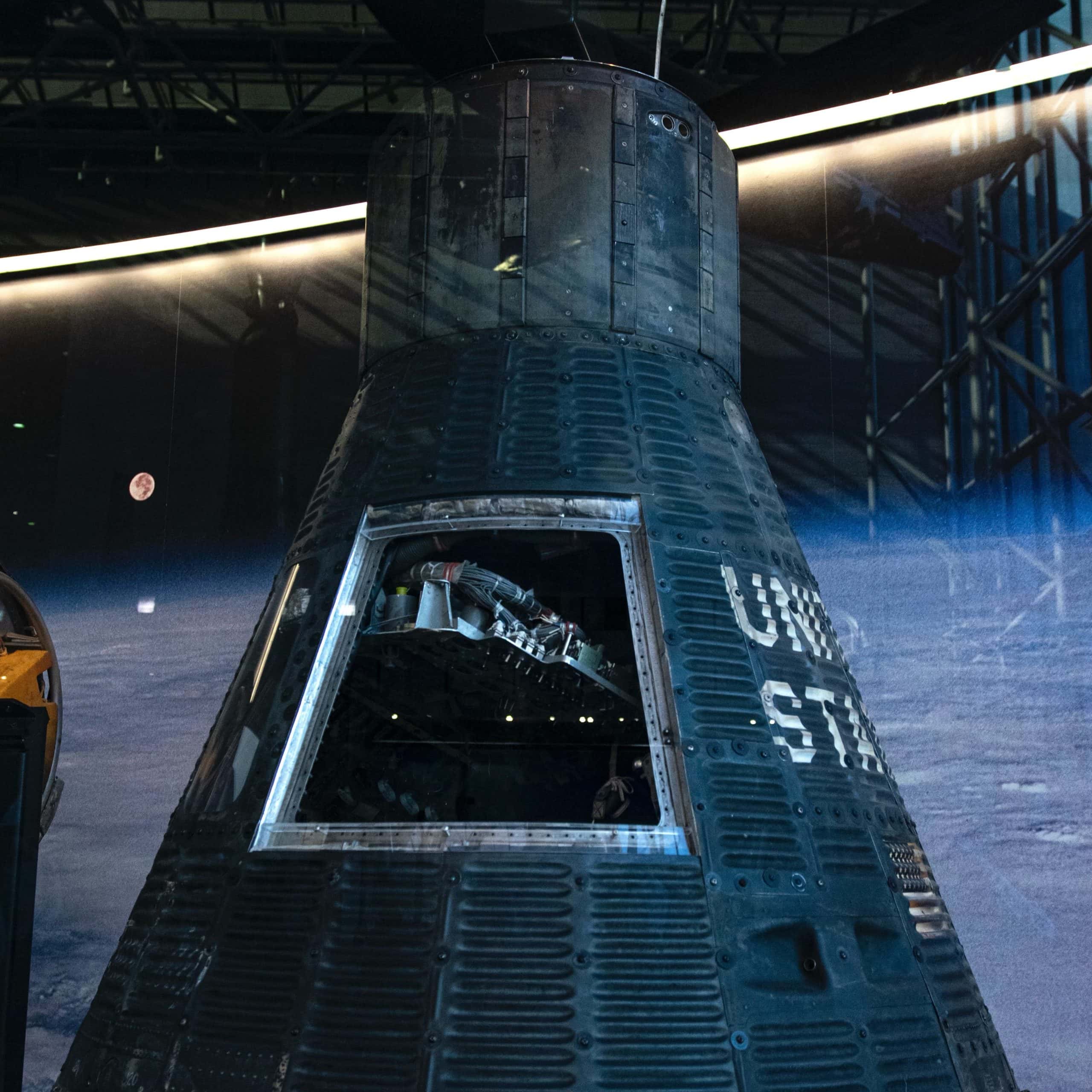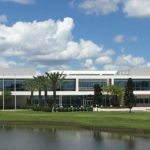This month, we ventured beyond Central Florida and traveled to Washington, D.C., for the National Air and Space Museum. We had the opportunity to explore the galleries while learning more about early human aviation flight and its progression to spaceflight. Perfect for all ages, the museum’s mission is to “Commemorate, Educate, Inspire,” and it delivers! We recommend a visit if you are in the area or looking for a future vacation destination.

Two notable exhibits we enjoyed were the Wright Flyer and Friendship 7. We began with a self-guided tour of the Wright Flyer exhibit. It details the historical backgrounds of Orville and Wilbur Wright. On Dec. 17, 1903, this first powered airplane was piloted by Orville Wright over the sands of Kitty Hawk, North Carolina. It successfully flew for 12 seconds, traveling 120 feet and inaugurating the aerial age. While exiting this exhibit, you can view the actual Apollo 11 spacesuit worn by Neil Armstrong for his historic moonwalk.

Mercury Friendship 7 was our next stop. There you can view the actual bell-shaped capsule. On Feb. 20, 1962, Astronaut John Glenn made history as the first American to orbit the Earth. The re-entry proved tense due to a faulty heat shield reading but successfully splashed down in the Atlantic close to five hours after liftoff from Cape Canaveral. Seeing the capsule in person is awe-inspiring. Small in size, measuring 6’10” long by 6’2” in diameter, it has a single hatchway and tiny window. The courage Glenn must have had to pioneer this orbital mission makes him a true hero!



